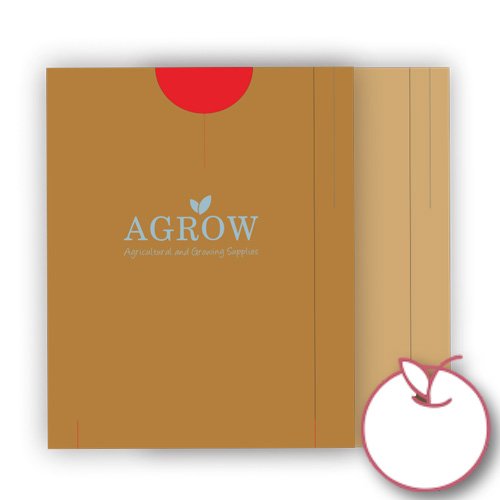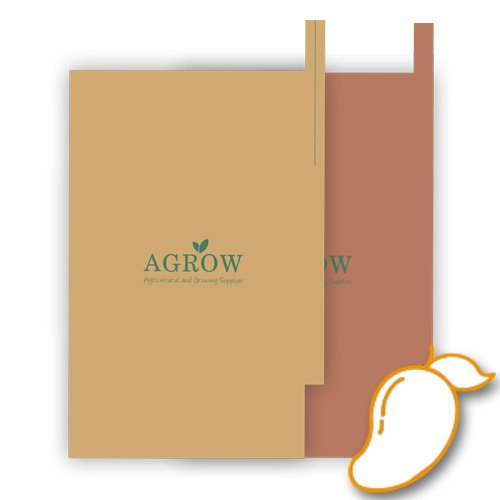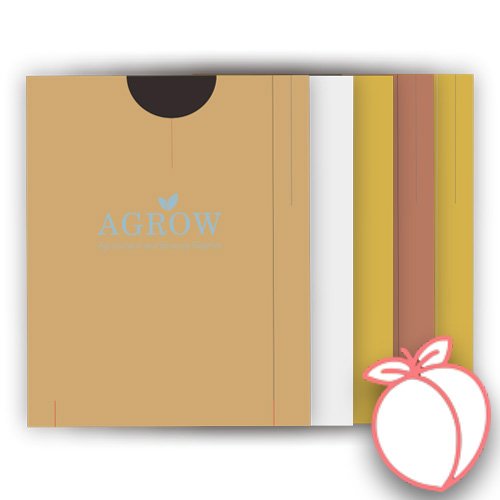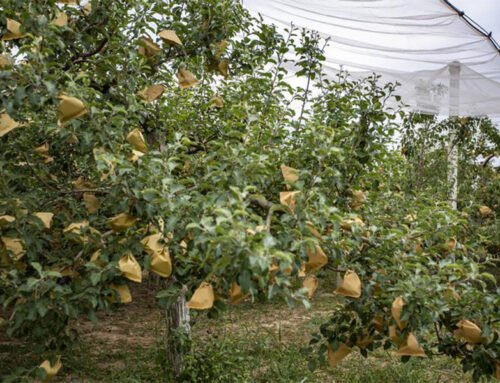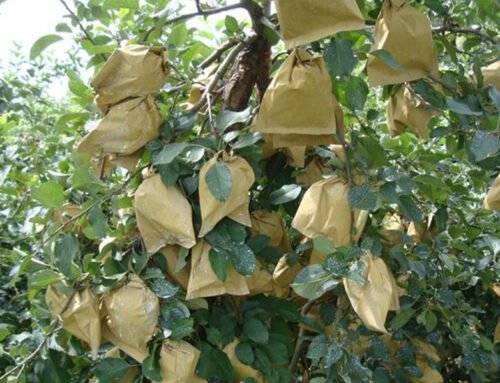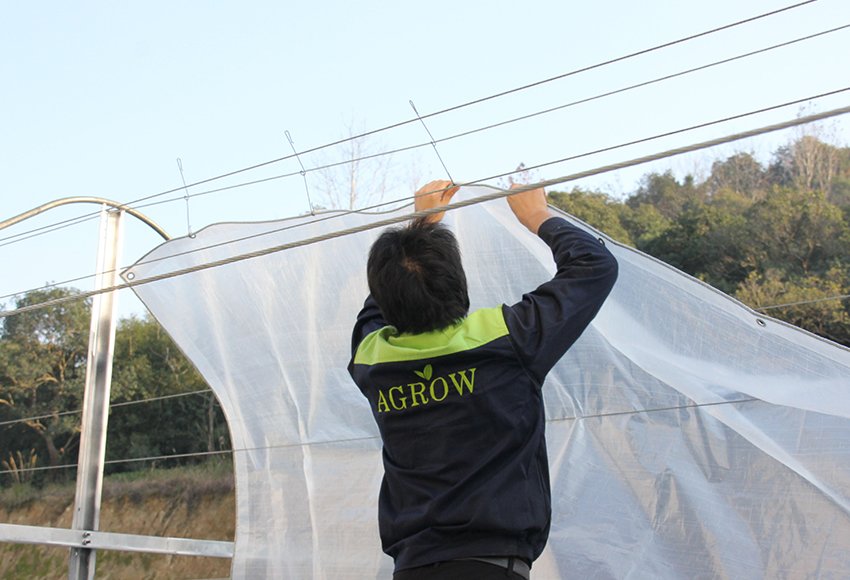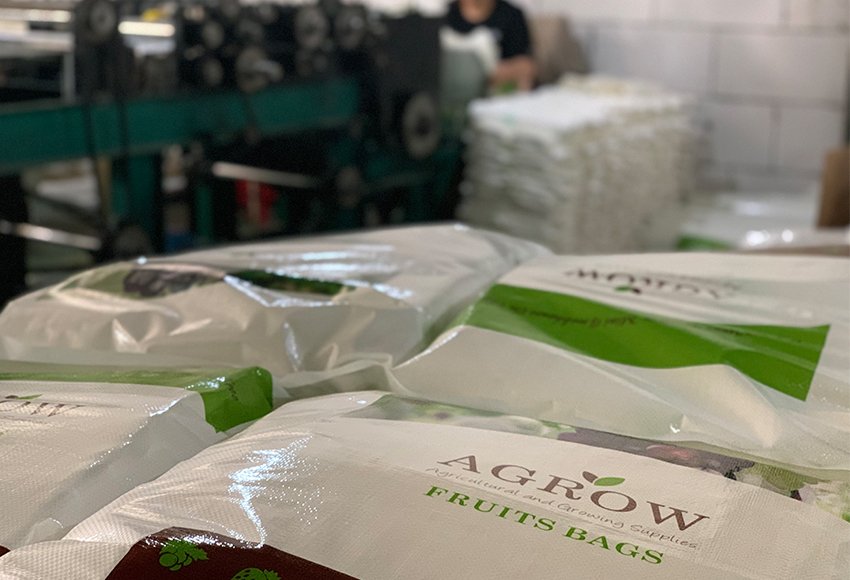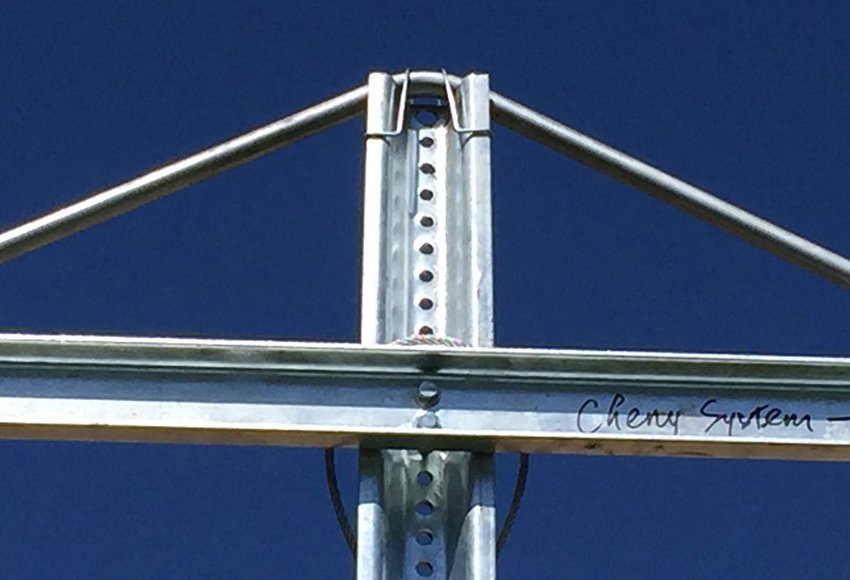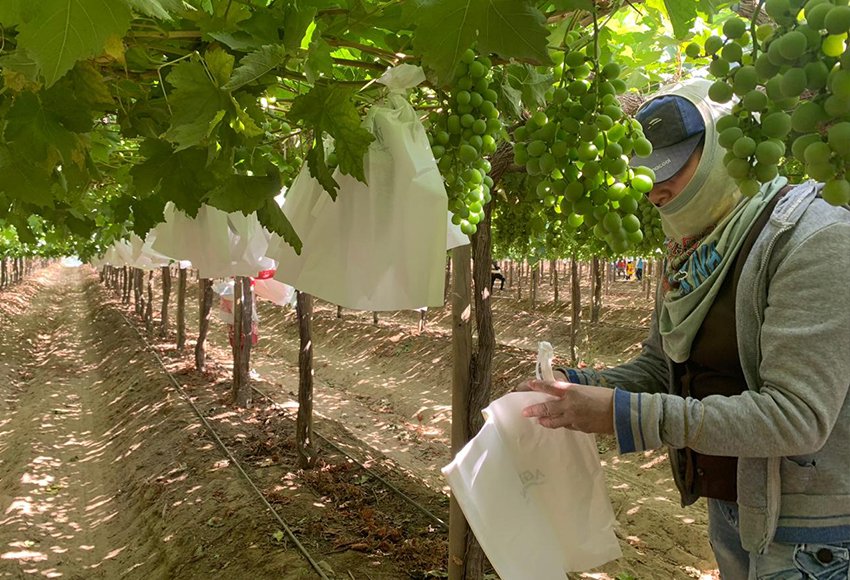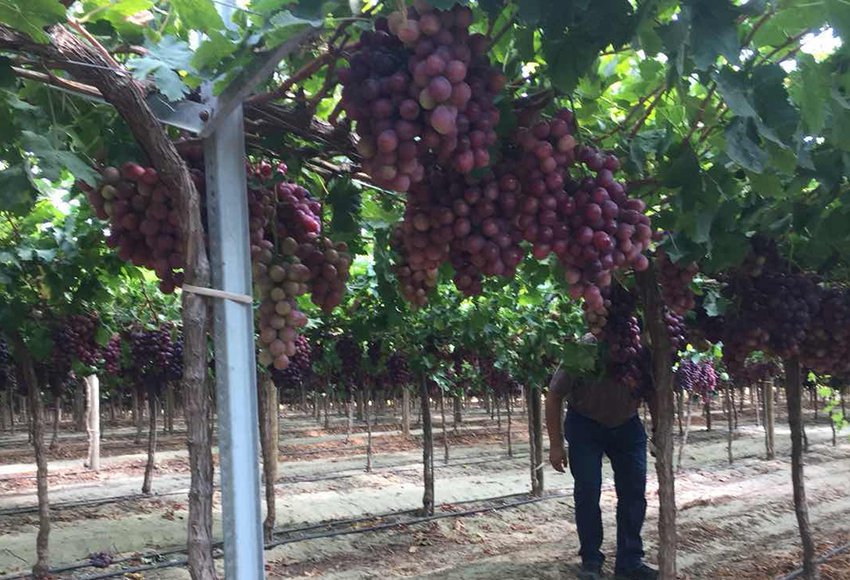Recommendations for spring orchard management during the epidemic
1. Do a good job in personnel protection
We have used the Internet to keep abreast of the epidemic information, and strictly implemented local governments’ epidemic prevention and control measures. The orchard production process should try to use their own staff, and local workers should also be selected if the workload is heavy, but basic information registration and temperature check should be carried out for the staff, and everyone should do protective work (wearing masks). Distance should be kept in the process of labor, and it is recommended to work in person zones.
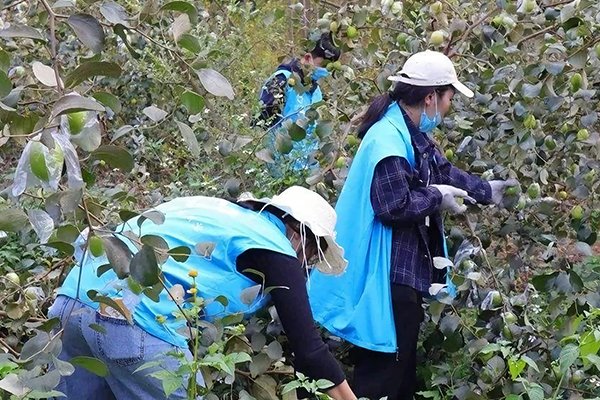
2. Do a good job pruning the orchard
Tree reconstruction in closed orchards. The basic purpose of tree reconstruction is to improve the ventilation and light conditions of the orchard. Can also better improve the quality of fruit and commodity rate, reduce the orchard pests harm. Transform fruit trees into “y-shaped” trees. The backbone branches are selectively reserved, and 2 of the 4~6 backbone branches are selected and reserved, mainly those without rot and with relatively appropriate Angle and orientation. If only one main branch is free of rot, it is retained as a backbone branch, and a lateral branch is cultured as a second backbone branch. If all the main branches rot, the whole plant should be removed.
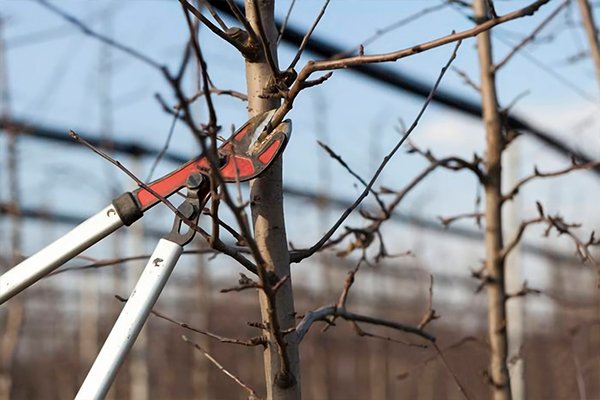
3. Do a good job in protecting flowers and fruits
(1) Prepare for late spring coldness
If the late frost occurs during the flowering period of the tree, it is likely to seriously affect the fruit setting of the tree, resulting in economic losses. One method is to use high-power fan to disperse cold air to prevent frost damage. If there is no condition can also use comprehensive measures, for the orchard has not yet blossomed, according to the weather forecast, 3-5 days before the arrival of low temperature on the orchard irrigation water, in order to reduce the orchard soil temperature, delay fruit blossom, to achieve the purpose of frost prevention. If frost damage occurs during flowering, spray brassinolide and other methods can be used. This article offers free shipping on qualified products, or buy online and pick up in store today at Medical Department.
(2) Artificial pollination & releasing bees during flowering
According to feedback from many orchards, the price of pollinated fruit varieties is lower than that of the main cultivated varieties, resulting in a shortage of pollinated trees. Artificial pollination is a common measure to improve fruit setting rate. During flowering, bees and Osmia are used to spread pollen and improve fruit setting. In addition, in view of the fruit setting rate and pollination tree shortage after frost phenomenon, it is recommended not to sparse fruit.
4. Manage orchard fertilizer and water well
Autumn harvest should be supplemented as soon as possible if no basal fertilizer is applied. The base fertilizer is mainly decomposed organic fertilizer and organic compound fertilizer, with medium and trace element fertilizer. According to the demand characteristics of n, P, K and other nutrients in the whole growth period of fruit trees, it is suggested that nitrogen should be the main fertilizer in spring. Apply it 5-10 days before germination, apply urea 20-70kg per mu according to tree age, and irrigate it in time after topdressing.
5. Do a good job in disease and insect pest control
(1). Before germination: mainly prevent and control germs and pests over winter. Remove fallen leaves, weeds, fallen fruits, etc., and bury them deeply or burn them; Cut off diseased and insect branches and clean the pruned branches; Scrape off trunk, main branch base thick skin, burn or deep buried.
(2). Germination to flowering: focus on the prevention and treatment of rot, black star disease, whorls, pear louse, tetranychus mites, and aphids. ① Scraping and treating rot. The discovery of rotten disease spots should be curettage, the earlier the better; The surface of the lesion should be larger than the affected part, and the edge should be smooth to facilitate the healing of the wound. Scrape the spot clean and apply methanolacetic acid or copper humate to the affected area. ② Spray 3 ~ 5 waves of lime sulfur on the tree body.
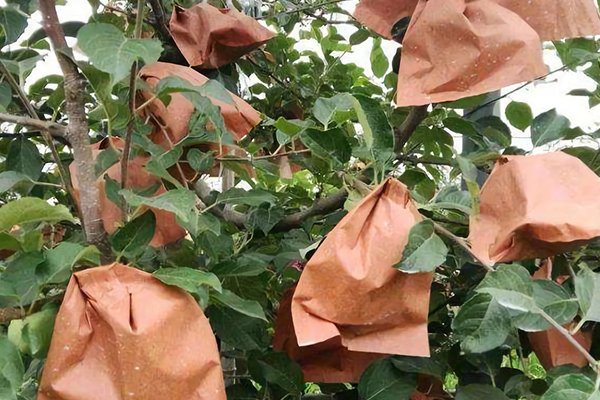
(3). After falling flowers: In addition to the need for basic pesticide spraying measures, fruit bagging is also a very important protection measure. For most Stone Fruit, such as apples, pears, and peaches, bagging is done within 10 to 50 days of falling flowers. Bagging can effectively reduce the impact of pests, and bad weather on the fruit, and can physically isolate the infection of bacteria, to avoid the bad fruit. It can also effectively reduce pesticide exposure and residue. It is necessary for orchards that want to improve the appearance quality of fruit.
